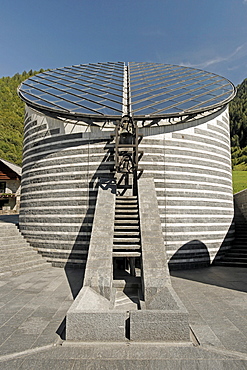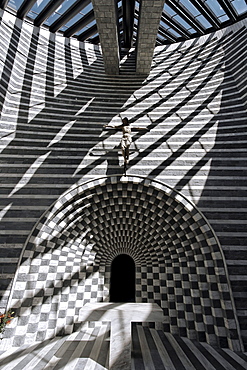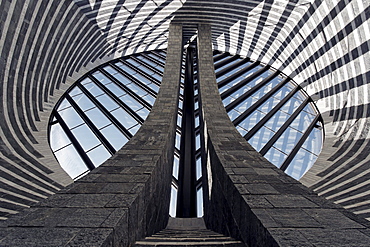Results
3 results found
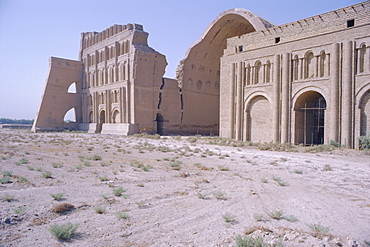
Ctesiphon (Al-Mada'in), the city dates from the 2nd century BC, 20 mile south of Baghdad, Iraq, Middle East
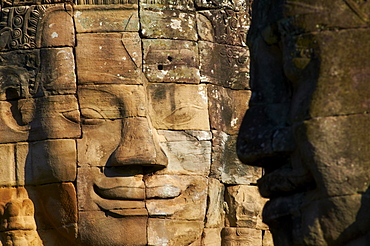
Detail of sculpture, Bayon temple, dating from the 13th century, Angkor, UNESCO World Heritage Site, Siem Reap, Cambodia, Indochina, Southeast Asia, Asia
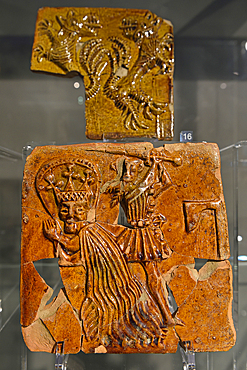
Stove glazed clay tile from late 15th century, National Museum, Palace of the Grand Dukes of Lithuania, Vilnius, Lithuania, Europe
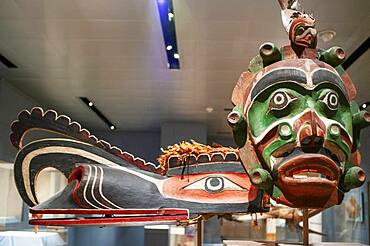
Yagim Mask at the Metropolitan Museum of Art, New York, USA. Yagim Mask, 1920-25 Vancouver Island, British Columbia. Wood, paint. George Walkus (kwakwaka'wakw, ca 1875-1968). A furtive aggressive sea creature known as Yagim was part of the dramatic Tseyka performance cycle, which took place during the dark winter when life on the North West coast moves largely indoors
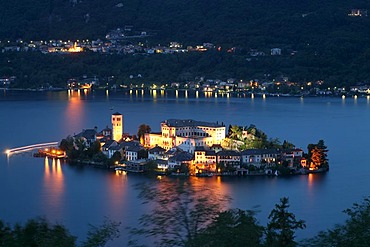
Orta San Giulio with its 20 chapels on Sacro Monte, dedicated to the life of Francis of Assisi, and the isle of San Giulio with its Romanesque Basilica, Lago d'Orta, Piedmont, Italy
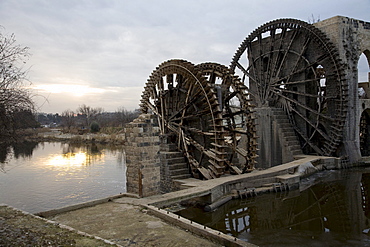
Hama, Syria - January, 2008: Norias - waterwheels up to 20 m in diameter have been used in Hama since the 5th century century to help transport water.
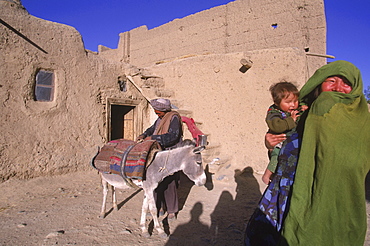
Striking Mongol features distinguish the face of a woman and her child (who is blind) living in the ruins of the Qala-i-Dokthar (Daughter's Castle), outside of the town of Bamiyan, August 30, 2002. Most of the old town was destroyed and up to 20,000 people of the region might have perished when Bamiyan fell to the Taliban in 2001. Bamiyan Valley is located in the Hazarajat at the edge of the Koh-i-Baba range , the end of the Hindu Kush. Bamiyan was a prosperous Buddhist kingdom on the ancient Silk Road until the 10th century, when the region was converted to Islam; in the 12th century, it was destroyed by Ghengis Khan. Most of the people of this region are of the Hazara tribe, and are Shi'a Moslems who have been persecuted for centuries by many of the Pashtun rulers of Afghanistan, who are from the Sunni sect. They most recently suffered at the hand of the Taliban, who tried for years to ethnically cleanse the region of its Shi'a people.
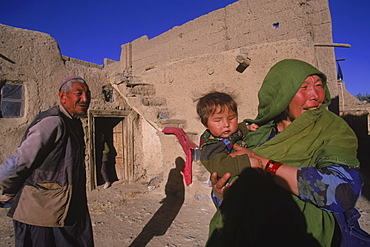
Striking Mongol features distinguish the face of Hamir Mohammed, his daughter and grandson (who is blind), all living in the ruins of the Qala-i-Dokthar (Daughter's Castle), outside of the town of Bamiyan, August 30, 2002. Most of the old town was destroyed and up to 20,000 people of the region might have perished when Bamiyan fell to the Taliban in 2001. Bamiyan Valley is located in the Hazarajat at the edge of the Koh-i-Baba range , the end of the Hindu Kush. Bamiyan was a prosperous Buddhist kingdom on the ancient Silk Road until the 10th century, when the region was converted to Islam; in the 12th century, it was destroyed by Ghengis Khan. Most of the people of this region are of the Hazara tribe, and are Shi'a Moslems who have been persecuted for centuries by many of the Pashtun rulers of Afghanistan, who are from the Sunni sect. They most recently suffered at the hand of the Taliban, who tried for years to ethnically cleanse the region of its Shi'a people
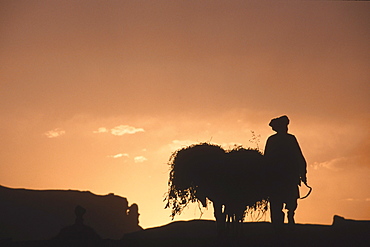
A farmer with his donkey loaded with forage walks toward the setting sun above the town of Bamiyan, August 30, 2002. Most of the old town was destroyed and up to 20,000 people of the region might have perished when Bamiyan fell to the Taliban in 2001. Bamiyan Valley is located in the Hazarajat at the edge of the Koh-i-Baba range , the end of the Hindu Kush. Bamiyan was a prosperous Buddhist kingdom on the ancient Silk Road until the 10th century, when the region was converted to Islam; in the 12th century, it was destroyed by Ghengis Khan. Most of the people of this region are of the Hazara tribe, and are Shi'a Moslems who have been persecuted for centuries by many of the Pashtun rulers of Afghanistan, who are from the Sunni sect. They most recently suffered at the hand of the Taliban, who tried for years to ethnically cleanse the region of its Shi'a people
